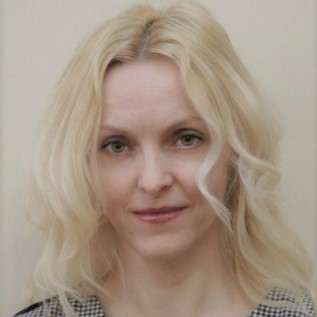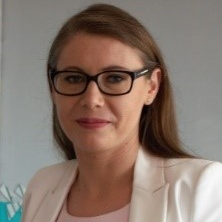State-of-the-Art Catalytic Materials in Europe
A special issue of Catalysts (ISSN 2073-4344). This special issue belongs to the section "Catalytic Materials".
Deadline for manuscript submissions: closed (31 December 2021) | Viewed by 21508
Special Issue Editors
Interests: photocatalysis; photoactive building materials; titanium dioxide; water and air purification
Special Issues, Collections and Topics in MDPI journals
Special Issue Information
Dear Colleagues,
We would like to invite you to send your work to the Special Issue titled “State-of-the-Art Catalytic Materials in Europe”. A special invitation is addressed to researchers from Europe. We are waiting for work on the preparation and testing of catalysts, the use of catalysts in synthesis or the use of catalysts in water and air purification. This Special Issue welcomes both review and original research articles. Topics include but are not limited to the following:
- Catalysts preparation;
- Catalysts characterization;
- Water/wastewater treatment and disinfection;
- Air treatment;
- New materials for photochemistry and photocatalysis.
Dr. Magdalena Janus
Dr. Ewelina Kusiak-Nejman
Guest Editors
Manuscript Submission Information
Manuscripts should be submitted online at www.mdpi.com by registering and logging in to this website. Once you are registered, click here to go to the submission form. Manuscripts can be submitted until the deadline. All submissions that pass pre-check are peer-reviewed. Accepted papers will be published continuously in the journal (as soon as accepted) and will be listed together on the special issue website. Research articles, review articles as well as short communications are invited. For planned papers, a title and short abstract (about 100 words) can be sent to the Editorial Office for announcement on this website.
Submitted manuscripts should not have been published previously, nor be under consideration for publication elsewhere (except conference proceedings papers). All manuscripts are thoroughly refereed through a single-blind peer-review process. A guide for authors and other relevant information for submission of manuscripts is available on the Instructions for Authors page. Catalysts is an international peer-reviewed open access monthly journal published by MDPI.
Please visit the Instructions for Authors page before submitting a manuscript. The Article Processing Charge (APC) for publication in this open access journal is 2700 CHF (Swiss Francs). Submitted papers should be well formatted and use good English. Authors may use MDPI's English editing service prior to publication or during author revisions.
Keywords
- catalysts
- photocatalysts
- water purification
- air purification
- synthesis
- catalytic materials






